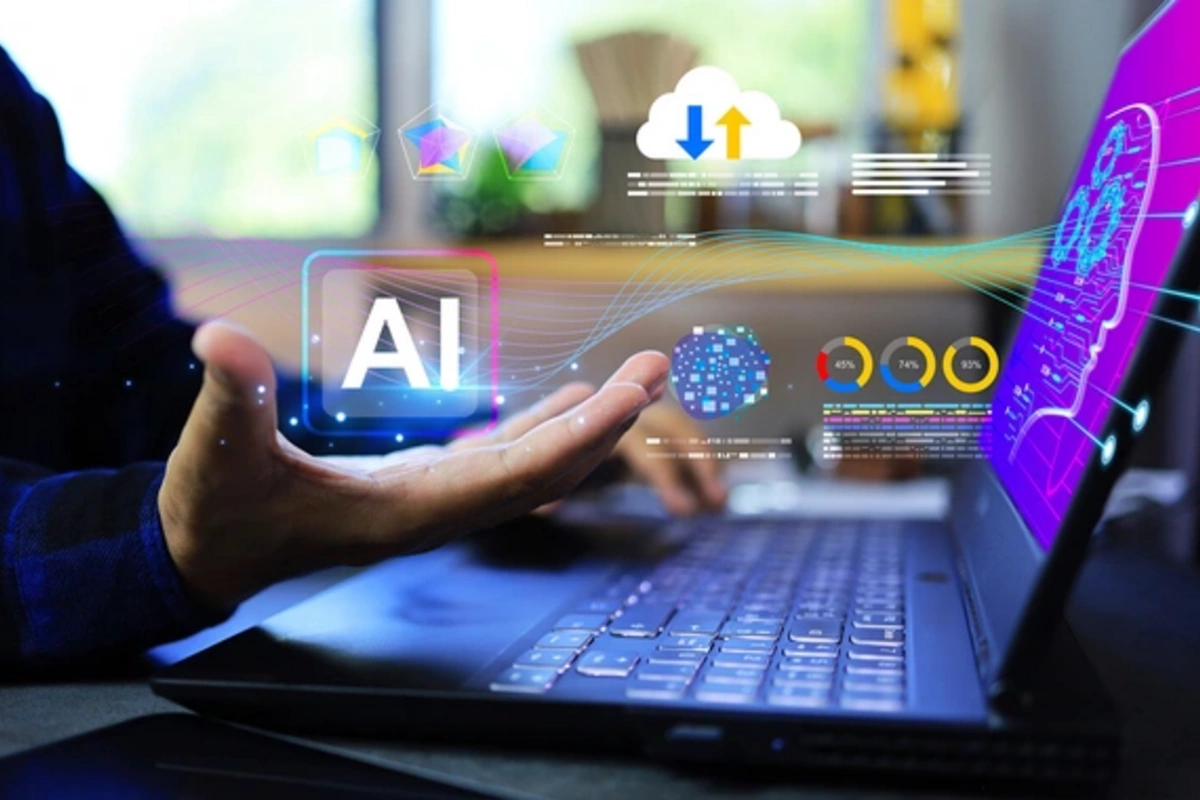25 Apr , 02:00
0

Swiss scientists have found a way to make ChatGPT smarter and more accurate. Large language models, despite all their achievements, continue to make mistakes while providing incorrect answers with astonishing confidence. The root of the problem lies in the uncertainty with which such systems operate. However, researchers from Switzerland have developed an innovative method that significantly improves the accuracy of artificial intelligence by "feeding" it with additional relevant data.
As reported by TUT.AZ, a preprint of the work has been published on the arxiv portal.
The developed algorithm called SIFT selectively picks information that best complements the given question, rather than simply duplicating already available information. The technology is based on analyzing vectors of semantic connections between words in a multidimensional space. The system determines the correlation between vectors by their direction — the closer the directions, the higher the connection. Unlike the traditional "nearest neighbor" method, SIFT purposefully selects diverse but complementary data.
Example: when answering the question "How old is Roger Federer and how many children does he have?" traditional AI might "get stuck" on the date of birth, ignoring information about children. But SIFT finds both age and family information, complementing one aspect with another.
The new technology not only improves the quality of answers but also optimizes computational resources: less redundant information means reduced system load. SIFT allows flexible adaptation of the computation volume depending on the complexity of the question, which opens up the possibility of creating more reliable models with fewer resources. During testing, the researchers achieved performance exceeding the indicators of the best AI systems, while their model turned out to be 40 times more compact.
The researchers emphasize: SIFT can also be useful for data analysis, for example, to determine which laboratory indicators are important for diagnosis and which are secondary. This opens the way to new applications in medicine, science, and business.